Introduction
The Fitzroy Laneway House project involved alterations and additions to a dilapidated semi-attached double-storey Victorian terrace in Fitzroy, with the aim of providing comfortable accommodation for a family of two adults and a teenager. Additionally, the design sought to accommodate various future living and working scenarios while contributing to the evolving neighborhood character of inner Melbourne.

Contextual Factors
Several contextual factors influenced the design approach:
On-site Laneway
The presence of an on-site laneway inspired the organization of the house, separating the “served” and “servant” functions and influencing the spatial character of the resulting spaces and forms.

Two Street Frontages
The property’s two street frontages provided an opportunity for two distinct contemporary additions, each tailored to the relevant pedestrian experience. This allowed for living and working flexibility for the family.
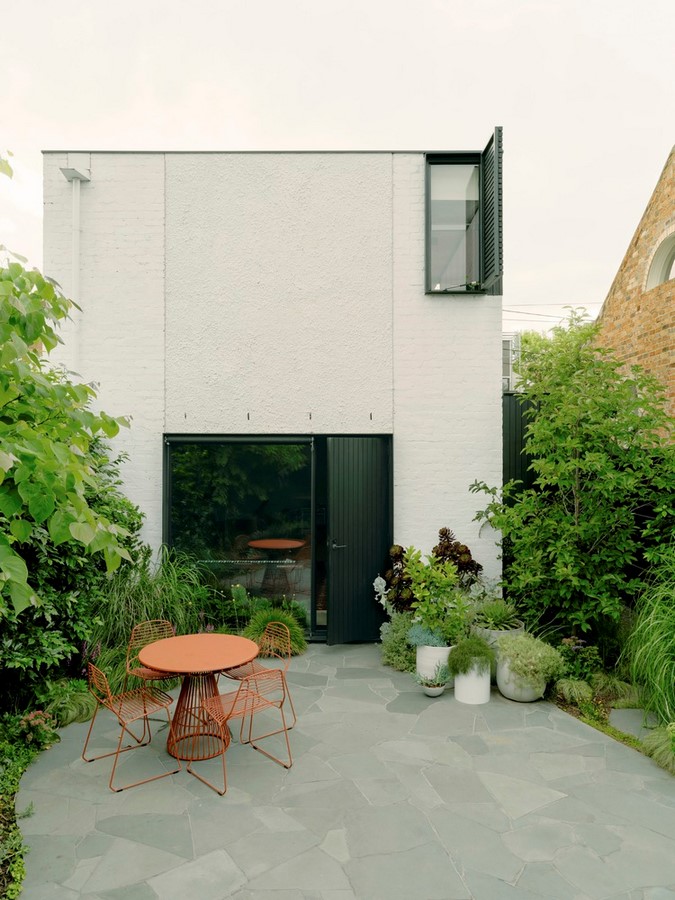
Charlemont Terrace
The existing portion of the house fronts Charlemont Terrace, a row of attached Victorian terraces. The design aimed to enhance the urban presence of Charlemont Terrace through the formal and spatial character of the contemporary addition.

Existing House
The design distinguished between the existing and new parts of the house, with the existing rooms considered “internal” in comparison to the new addition. This distinction influenced material and lighting choices, creating a warm and relaxed interior atmosphere.


Adaptability
The project prioritized adaptability to accommodate changing needs and circumstances. Clear and logical spaces with adaptable openings, along with movable furniture, allow for ongoing personalization and operation.

Sustainability Measures
In addition to adaptability, the project incorporated environmental measures for sustainability. User-operated shading, deciduous planting, and solar-generated power contribute to the project’s sustainability goals.
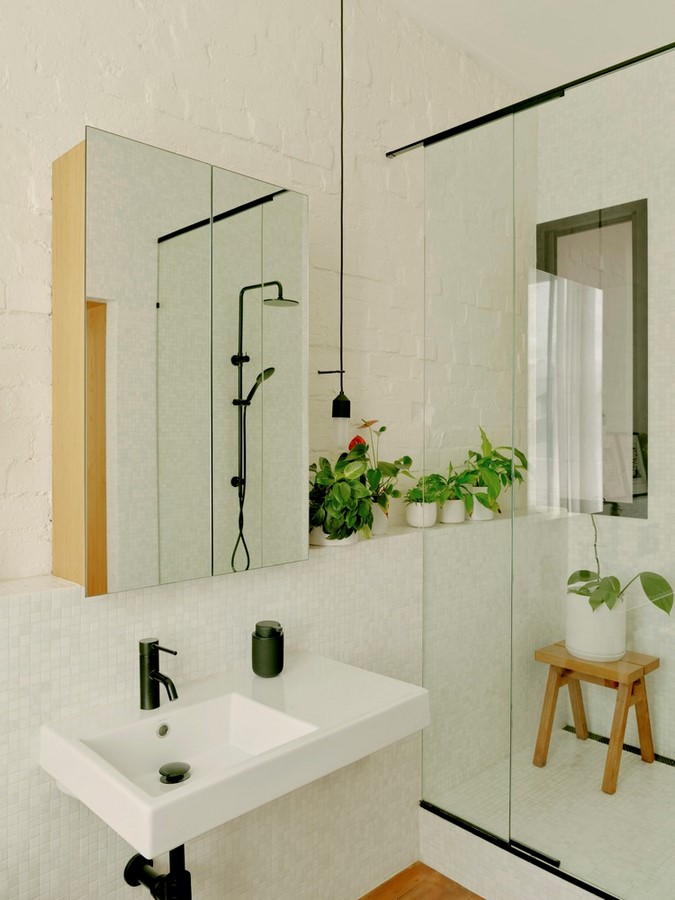
Conclusion
The Fitzroy Laneway House by Andrew Child Architect successfully blends historical context with contemporary design, providing a comfortable and adaptable living space while contributing to the neighborhood’s character and sustainability. Through thoughtful design and consideration of future needs, the project offers a model for urban renovation and expansion in dense inner-city suburbs.

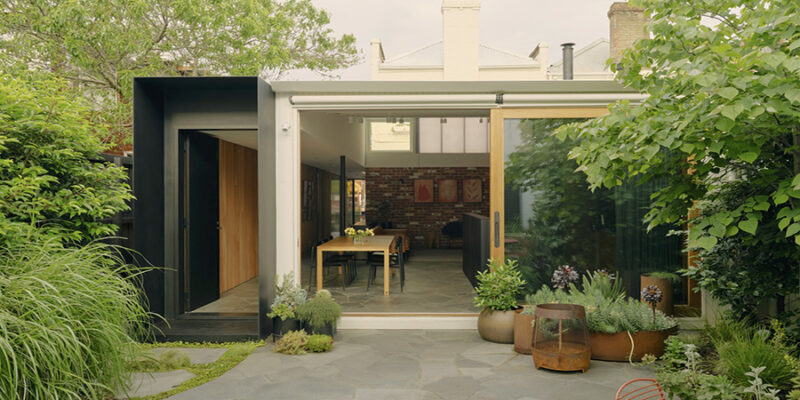
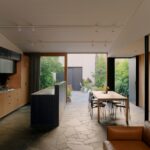
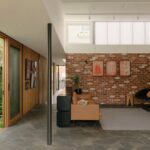

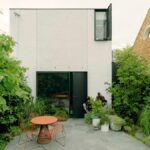
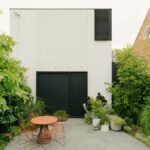

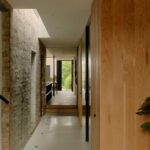
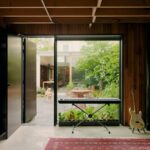

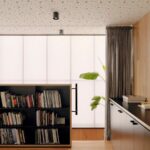
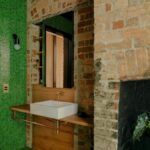
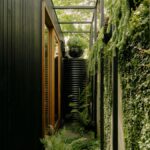








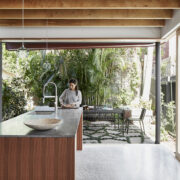

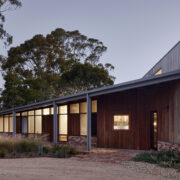
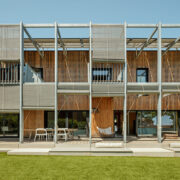




Comments